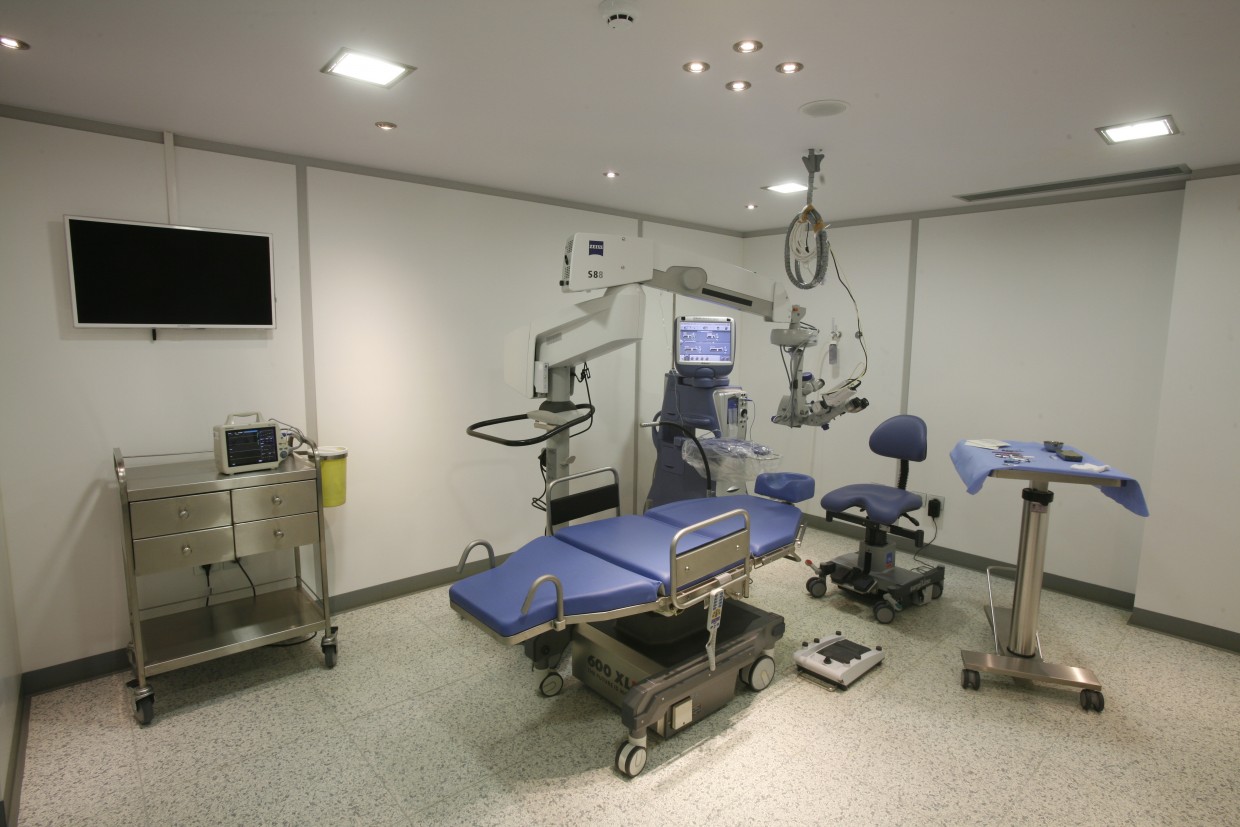The term “cataract” refers to blurring of the eye’s natural lens. The crystalline lens is inside the eye, immediately behind the iris. It helps us focus on what we want to see.
Age is the most common cause of cataract. At same point in our lives, most of us will develop cataract. In a way, it is part of the natural aging process of our lens. It may, however, be related to eye trauma or to certain systemic diseases (e.g. Diabetes mellitus). In rare occasions, it may appear at a younger age (congenital cataract).
Symptoms
The symptoms of cataract vary. The disease usually manifests itself through a progressive decrease of visual acuity, which is perceived as a difficulty in seeing things that in the past we could see without much effort. Often the disease manifests itself thought a decrease in the quality of vision (fading of colors, problems with driving at night, etc.).
Treatment
The latest method for removing cataract is phacoemulsification. Surgery is done using eye drops and lasts only a few minutes with very satisfactory results in vision restoration.
Using ultrasound, the lens breaks in small pieces, which are then absorbed. A new plastic intraocular lens replaces the removed lens.
Equipment
Our Same Day Clinic has the latest phacoemulsification equipment.
- Using the Infiniti and Centurion systems, the operation is performed under optimal safety conditions.
The placement a new intra ocular lens fixes any refractive anomalies (myopia, hyperopia, astigmatism or presbyopia).
In our clinic, we can place toric intraocular lenses to also correct astigmatism along with the removal of cataract. - Using the Verion Image system, the surgeon can be electronically guided during the placement of toric intra ocular lenses, ensuring an even greater accuracy in the final refractive correction.
For those who wish to be completely free of glasses, multifocal intraocular contact lenses are the best solution as they offer satisfying vision both far and near, as well as in medium distances.
Info
In our Same Day Clinic, not only is the surgery for the removal of cataract quick, safe and effective, but it can also be transformed into a real refractive surgery, aiming both at removing cataract and at minimizing the patient’s dependence on glasses postoperatively.

View of the cataract operating room
